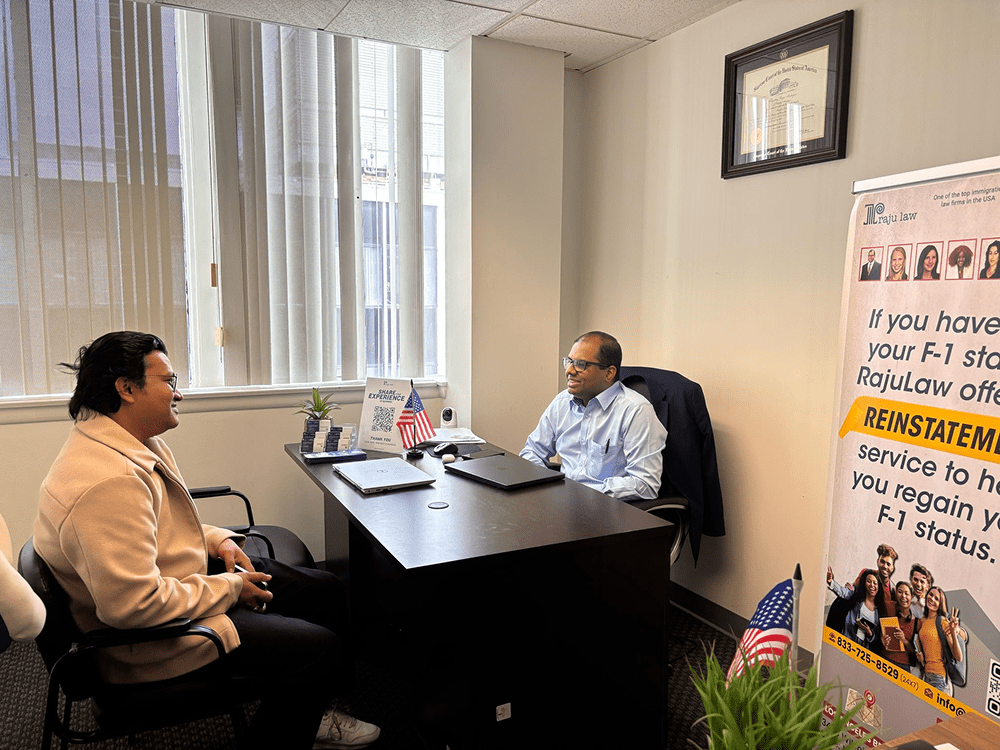Types of Abuse That Qualify for VAWA
VAWA recognizes a wide range of abusive behaviors, including:
Physical Abuse
Hitting, slapping, punching, or any act of violence.
Sexual Abuse
Sexual assault, coercion, or harassment.
Psychological or Emotional Abuse
Threats, intimidation, manipulation, or controlling behaviors.
Extreme Cruelty
Any behavior that causes fear, harm, or endangers well-being.
Evidence of abuse can come from police reports, medical records, affidavits, or documentation of restraining orders, though even in the absence of official reports, Raju Law helps survivors gather credible evidence to support their petition.










